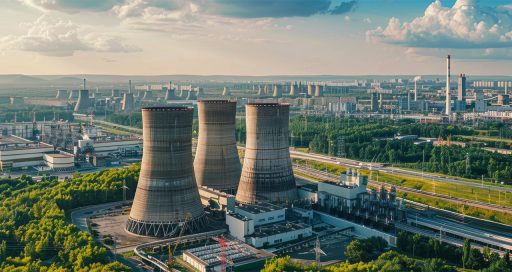When it comes to buildings, there is much talk about energy renovation, but not so much about digital upgrades. As things stand, technology is still too recent and not widespread enough in existing housing stocks. That doesn’t mean, however, that digital renovation can’t be anticipated.
![]()
Energy renovation may have become a commonly used term by property professionals, but digital renovation is a long way from reaching that point. Are digital developments and applications still too recent to have their own renovation process? Or is digital technology itself, by definition, incompatible with the very idea of renovation?
The answer is: perhaps a bit of both. According to Pierre Blanchet, building solutions innovation manager at VINCI Energies, the expression “digital renovation” is something of an oxymoron.
“The act of upgrading suggests a repair or an adaptation to new standards, but digital technology cannot be upgraded, at least not in the building industry,” he states. “The commercial property sector has jumped straight into the era of data, platforms, and connected objects. However, artificial intelligence can’t be upgraded, it self-enhances.”
Digital recycling is even less of a market since digital technology doesn’t tend to feature in housing stock that is eligible for refurbishment. On a scale of zero to infinity, a zero rate of digitisation is still seen as the norm.
“There are countless oil burners, electric pumps, and old boiler room systems. Digital technology, on the other hand, is much rarer or already obsolete,” says Blanchet.
Energy renovation, a springboard for the transition to digital
Building refurbishment represents a huge potential market. The age, if not the obsolescence, of France’s housing stock opens the door to a long sequence of new projects to upgrade existing buildings.
The refurbishment of walls and materials will be largely determined by energy efficiency objectives. Since the energy transition is closely linked to the digitisation of infrastructure and tools, there is no doubt that building refurbishment will provide the first opportunity to integrate digital technology into the existing stock on a very large scale.
And although digital is not a common feature in most old buildings, it is set to become the backbone and indeed the nerve centre of their operating system in the future.
“The role of digital technology is so crucial that you need to ‘think digital’ right from the design and engineering stages”
“Whether you’re looking at it from a refurbishment or a construction perspective,” says the building solutions innovation manager at VINCI Energies, “the role of digital technology is so crucial that you need to ‘think digital’ right from the design and engineering stages. In fact, digital must be taken into consideration for all works undertaken.”
Integrating digital into design phases
Conscious of the shift that is about to take place, the Smart Buildings Alliance for Smart Cities (SBA), Alliance HQE-GBC (professional alliance for a sustainable built environment), and the Cerqual and Certivéa certification bodies have co-developed a framework to help support and encourage building digitisation.
This led to the creation of the R2S label (Ready2Services), a technical reference system for professionals seeking to promote smart buildings.
“It’s about incorporating digital at a very early stage in every process, and indeed into the actual design of the building. This will give occupants optimum connectivity, ensure the building integrates into the smart city, optimise investments, protect infrastructure from the risk of obsolescence, and add value to the building in a competitive market,” explains Blanchet.
Digital technology may not be something that can be upgraded, but it can be anticipated. And the more building professionals anticipate it today, the less they’ll have to “upgrade” it tomorrow.
14/09/2020





